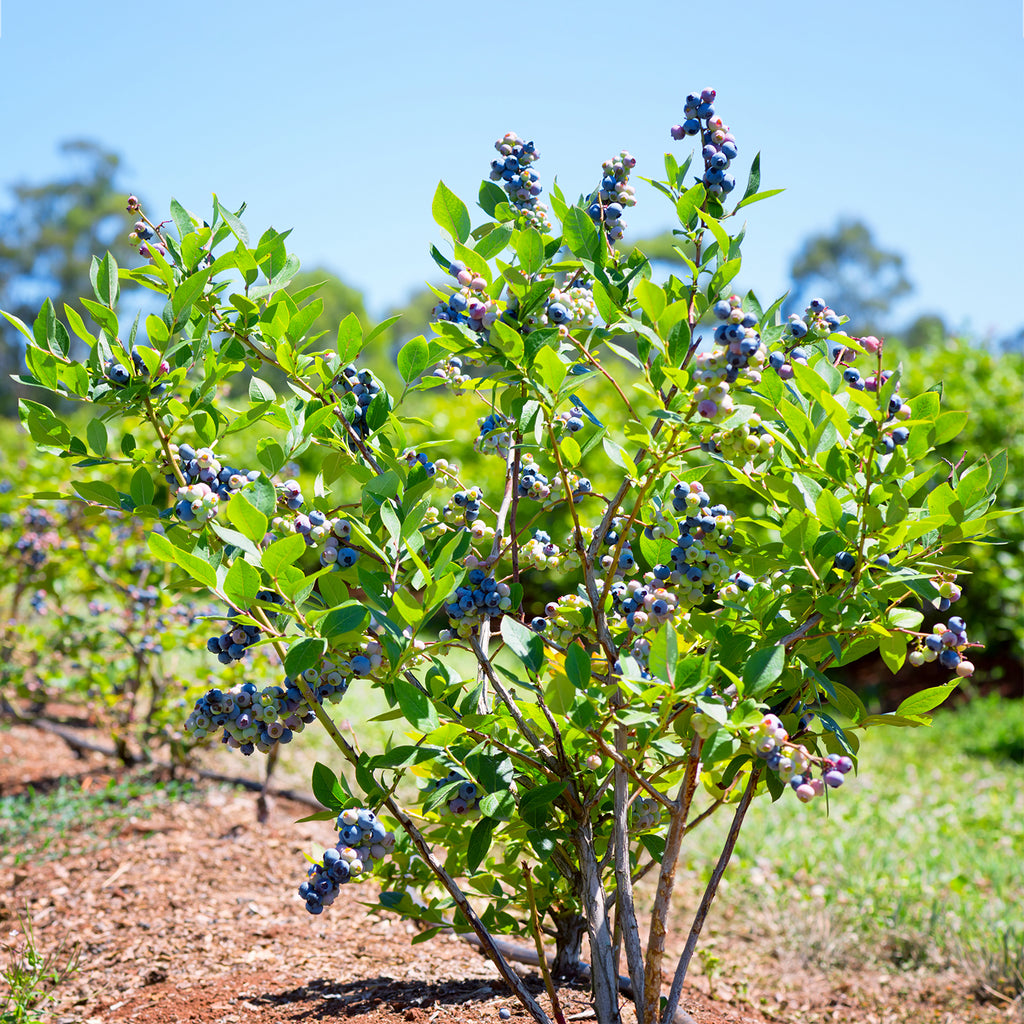The blueberry tree, a jewel of the forest, has captivated hearts and taste buds for centuries. With its vibrant blue berries and lush green foliage, it’s a sight to behold. But beyond its aesthetic appeal, the blueberry tree offers a bounty of health benefits and culinary delights. In this comprehensive guide, we’ll delve into the fascinating world of blueberry trees, exploring their origins, cultivation, and the many reasons why they deserve a place in your garden.

The blueberry tree, or more accurately, the blueberry bush, has a rich history dating back thousands of years. Native to North America, these delightful shrubs have been enjoyed by indigenous peoples for centuries. Early European settlers quickly discovered the sweet, juicy berries and incorporated them into their diets. Today, blueberries are cultivated worldwide, and their popularity continues to soar.
Blueberries are not only delicious but also incredibly nutritious. Packed with antioxidants, vitamins, and minerals, they offer a myriad of health benefits. Regular consumption of blueberries has been linked to improved brain function, reduced risk of heart disease, and enhanced vision. They are also a great source of fiber, aiding in digestion and promoting a healthy gut.
Growing your own blueberry trees is a rewarding experience that allows you to savor the freshest, most flavorful berries imaginable. Here’s a step-by-step guide to cultivating your own blueberry paradise:
With countless blueberry varieties available, selecting the right ones for your climate is crucial. Consider factors such as your region’s hardiness zone, the desired harvest time, and your personal preferences. Some popular varieties include:
Early Season: Bluecrop, Duke, and Earliblue
Blueberries thrive in acidic soil with a pH between 4.5 and 5.5. If your soil is alkaline, you can amend it with peat moss, pine needles, or sulfur to lower the pH. Well-drained soil is also essential to prevent root rot.
Plant your blueberry trees in early spring or late fall. Dig a hole twice as wide and as deep as the root ball. Gently place the tree in the hole, ensuring the graft union is above the soil line. Backfill the hole with a mixture of soil and organic matter, and water thoroughly.
Blueberries require consistent moisture, especially during dry periods. Water your trees deeply and regularly, but avoid overwatering, as this can lead to root problems. Fertilize your blueberry trees with a slow-release fertilizer specifically formulated for acid-loving plants. Apply the fertilizer in early spring and again in midsummer.
Pruning your blueberry trees is essential for maintaining their health and productivity. Prune out any dead, diseased, or crossing branches. You can also thin out the center of the bush to improve air circulation and sunlight penetration.
Blueberries can be susceptible to pests and diseases, such as birds, deer, and fungal infections. To protect your trees, consider using bird netting, deer fencing, and organic fungicides. You can also mulch around the base of your trees to help retain moisture and suppress weeds.
The moment you’ve been waiting for has arrived! Blueberries are typically ripe when they easily detach from the bush. Harvest them in the early morning when the berries are cool and less likely to be damaged.
To enjoy your blueberry harvest year-round, you can preserve them through various methods. Freezing, canning, and making jams and jellies are popular options.
Blueberries are incredibly versatile and can be enjoyed in a variety of dishes. Here are a few ideas to inspire your culinary creativity:
Blueberry Pancakes
The blueberry tree is more than just a fruit-bearing plant; it’s a symbol of nature’s bounty and a testament to the power of simplicity. By planting a blueberry tree, you’re not only adding beauty to your landscape but also investing in your health and well-being. So, why not embark on this delightful journey and experience the magic of the blueberry tree for yourself?
A: It typically takes 2-3 years for a newly planted blueberry tree to start producing fruit.
A: Yes, you can grow blueberry trees in containers, provided you use a high-quality ericaceous potting mix and ensure proper drainage.
A: Water your blueberry trees deeply and regularly, especially during dry periods. However, avoid overwatering, as this can lead to root rot.
A: Common pests and diseases that affect blueberry trees include birds, deer, mites, and fungal infections like mummy berry and powdery mildew.
The blueberry tree, with its vibrant fruits and numerous health benefits, is a delightful addition to any garden. By following the tips and advice provided in this guide, you can cultivate a thriving blueberry orchard and enjoy the sweet rewards of your labor. So, let’s embrace the beauty and bounty of the blueberry tree and savor the simple pleasures it brings.





:max_bytes(150000):strip_icc()/star-of-bethlehem-plant-profile-4774326-hero-943e35e2dc3049b1b2baa110d5fa0e71.jpg?w=200&resize=200,112&ssl=1)
